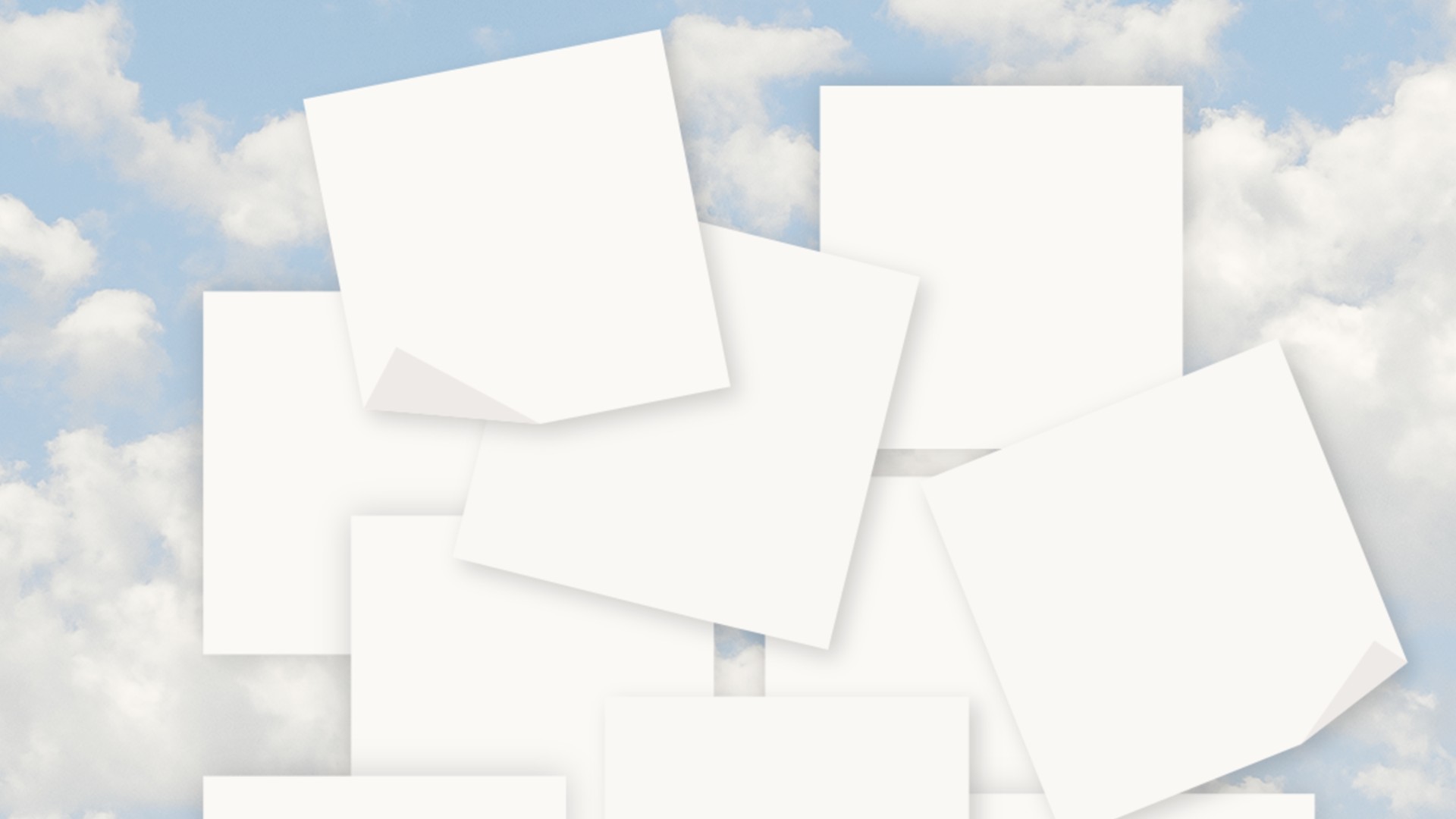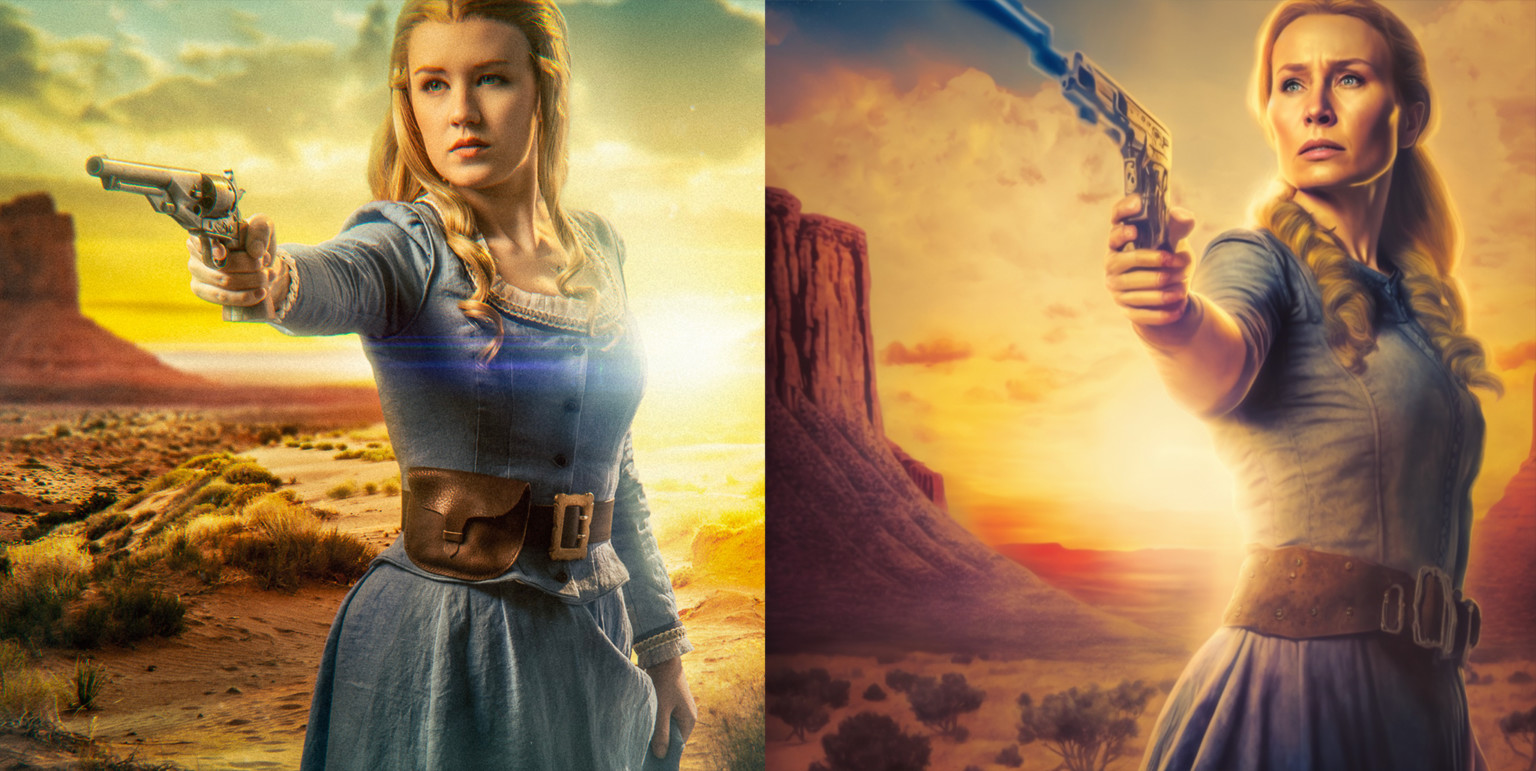
AI art generators are the biggest controversy to hit the creative industries in some time. Many creatives are worried about their rights over their work after text-to-image AI models were trained using millions of images scraped online, and others are worried about whether AI could even replace jobs in the creative sectors.
But one photographer has decided to put AI to the test, to see how it would do recreating his work. The results are scarily good, but if you're still not sure which of the images above is the original, just take a closer look at the hands (for more about how the process works, see our piece on how to use DALL-E 2).
Re-imagining my own images with Artificial intelligencehttps://t.co/1Efn9Ltgc4 #ai #aiartist #midjourney pic.twitter.com/5YcJNh6qTNNovember 9, 2022
Barely a day goes by without some new controversy caused by the AI incursion into the creative industries. Getty banned AI-generated images from its stock library but then entered into a partnership with BRIA. DeviantArt has faced a backlash among its members after it automatically opted everyone in to its new AI tool DreamUp (it quickly changed its policy and opted everyone out as default). And fans were appalled after someone created an AI model that could replicate the style of South Korean illustrator Kim Jung Gi just after he passed away.
Now a professional commercial photographer has put the AI image generator Midjourney to the test to see how it would do recreating his own images. Generative AI art generators are best known for their ability to create images from scratch by turning text prompts into images, but some also allow existing images to be edited using text prompts. Antti Karppinen uploaded some of his work to Midjourney, and then he typed in text prompts describing the photos.
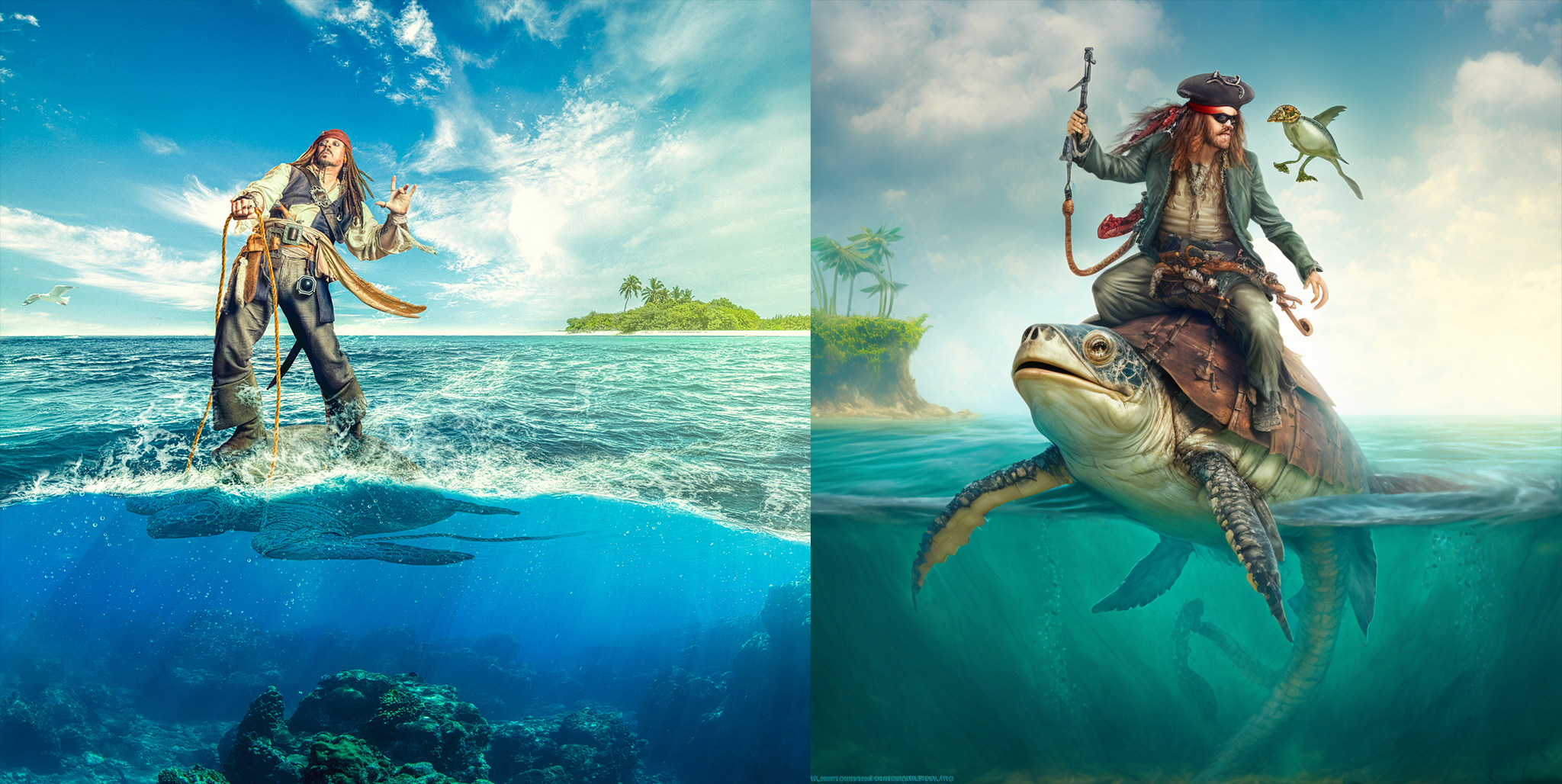
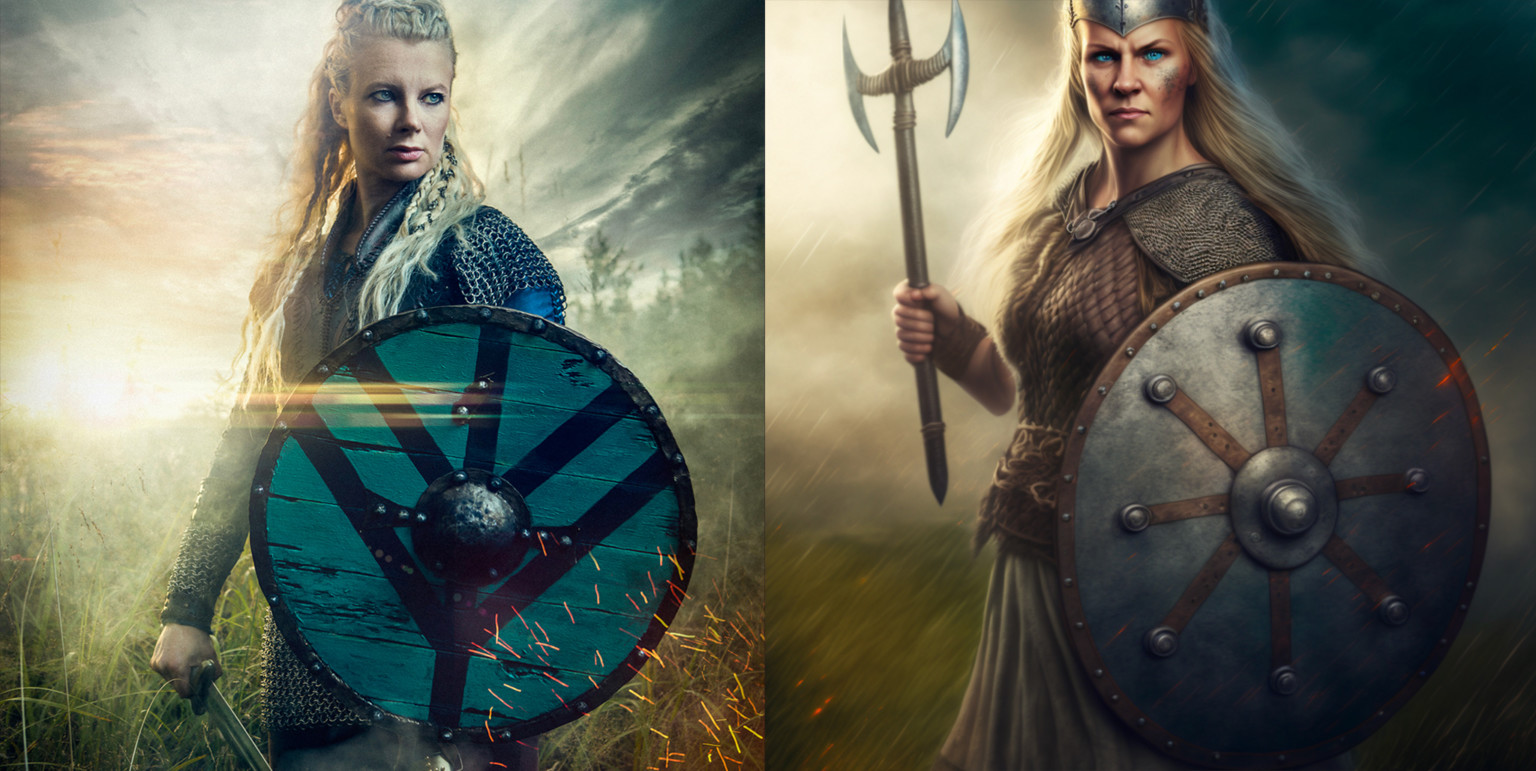
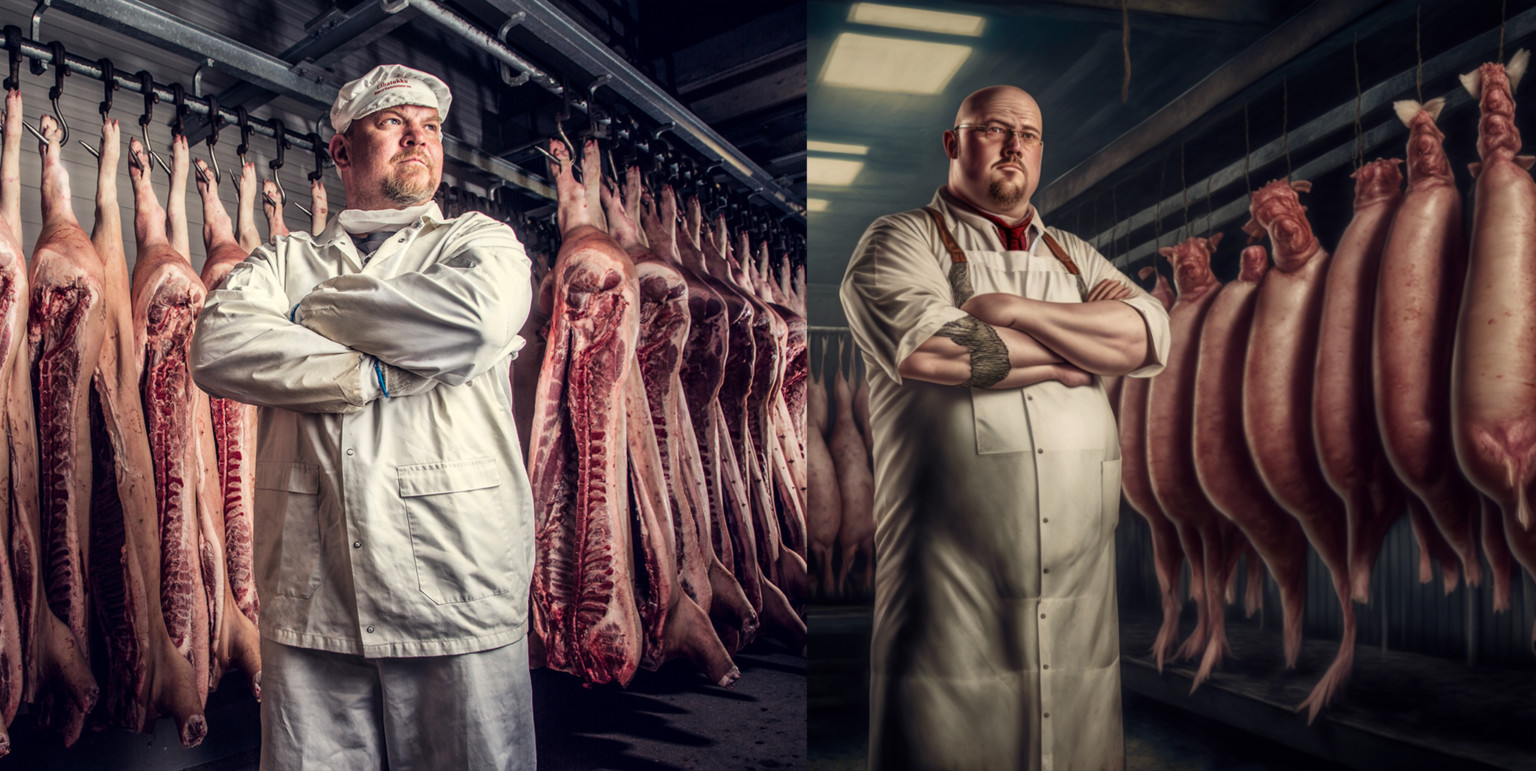
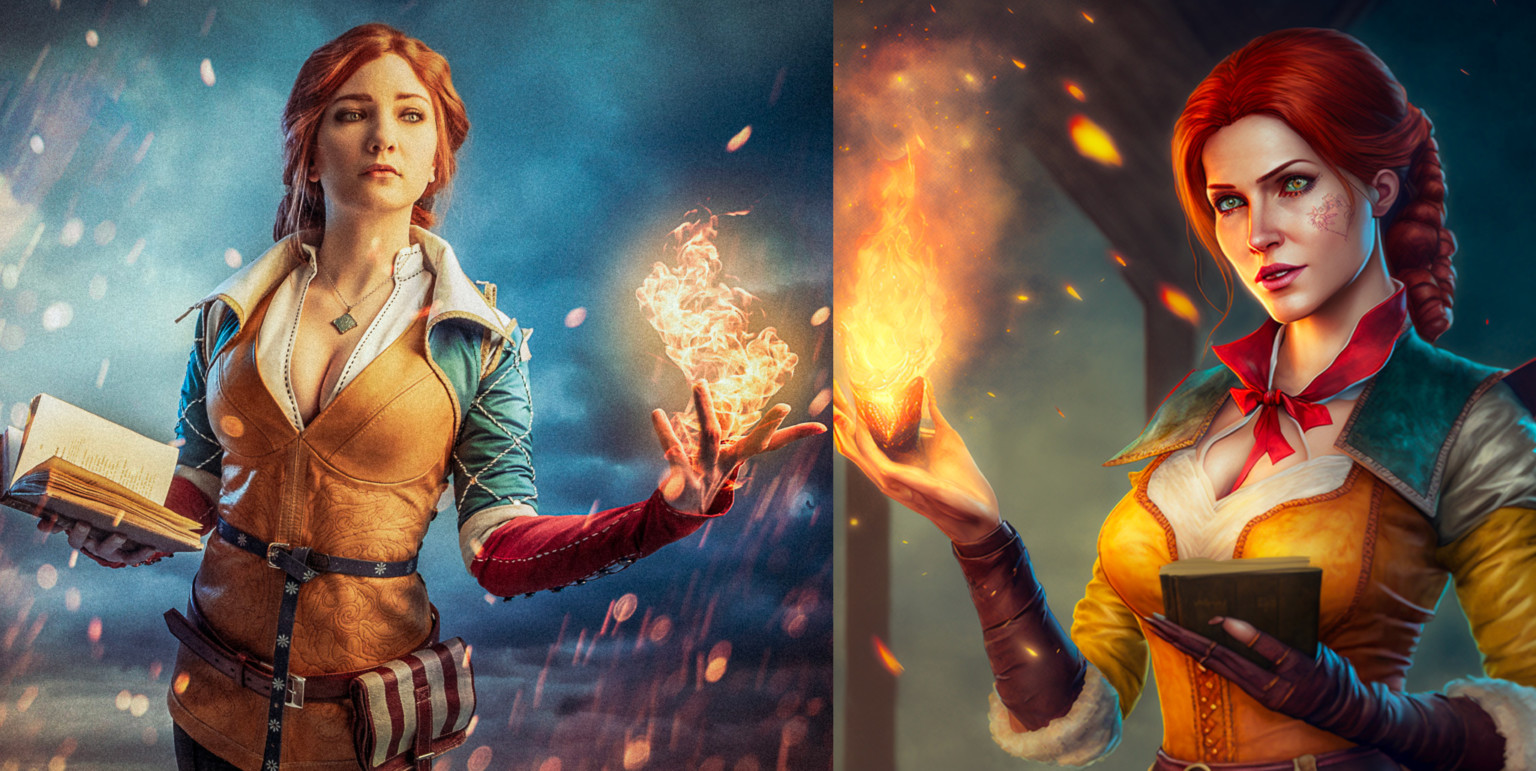
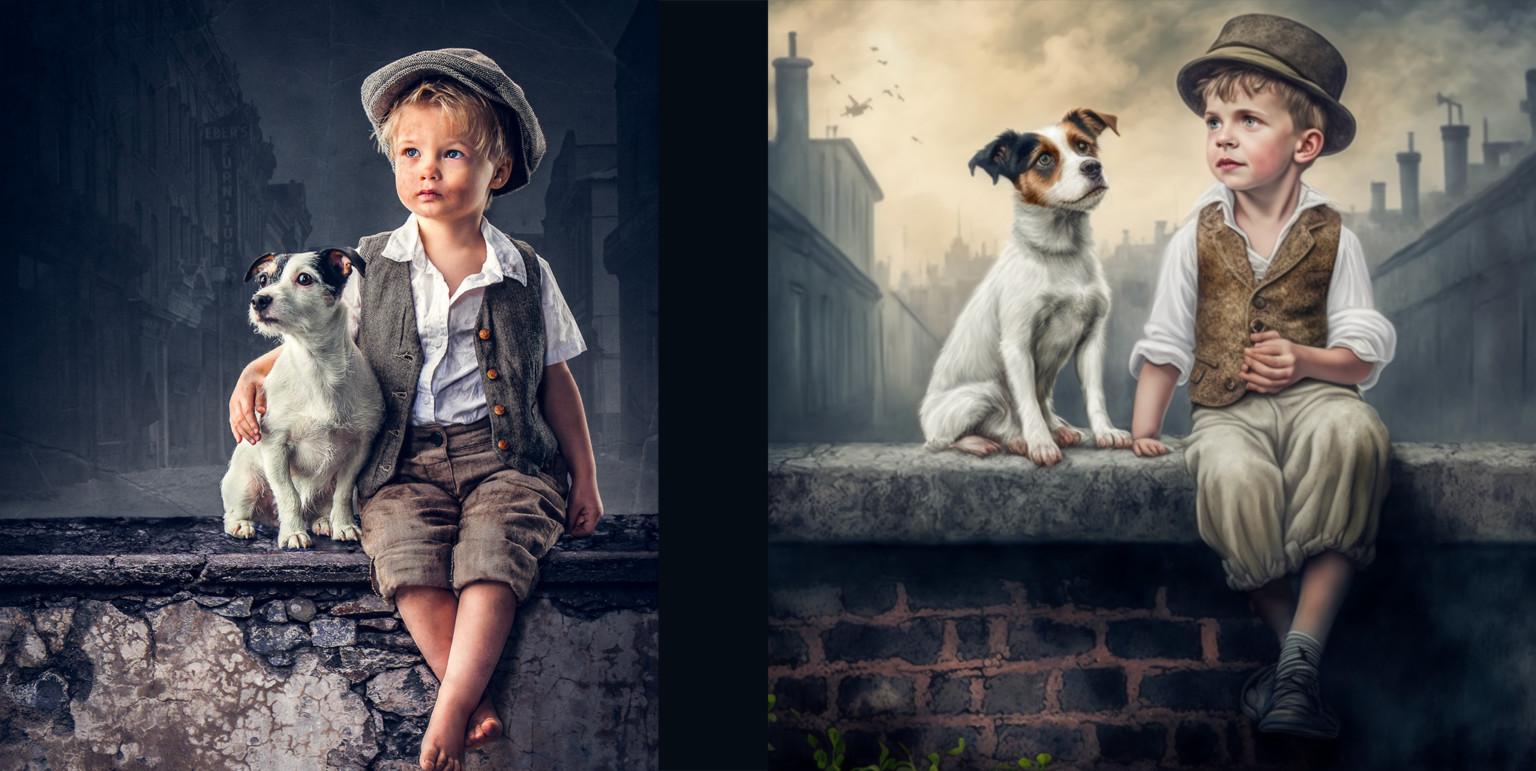

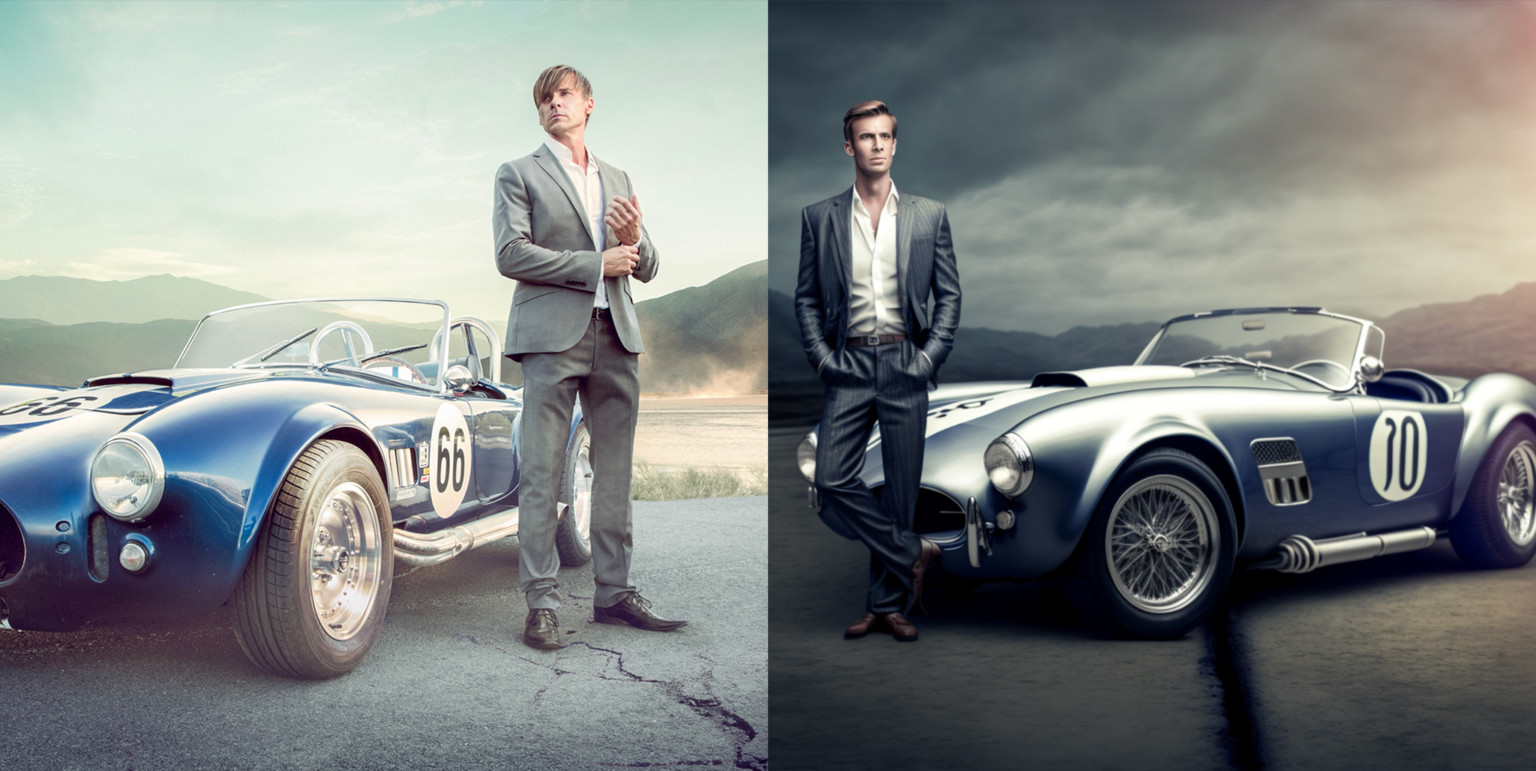
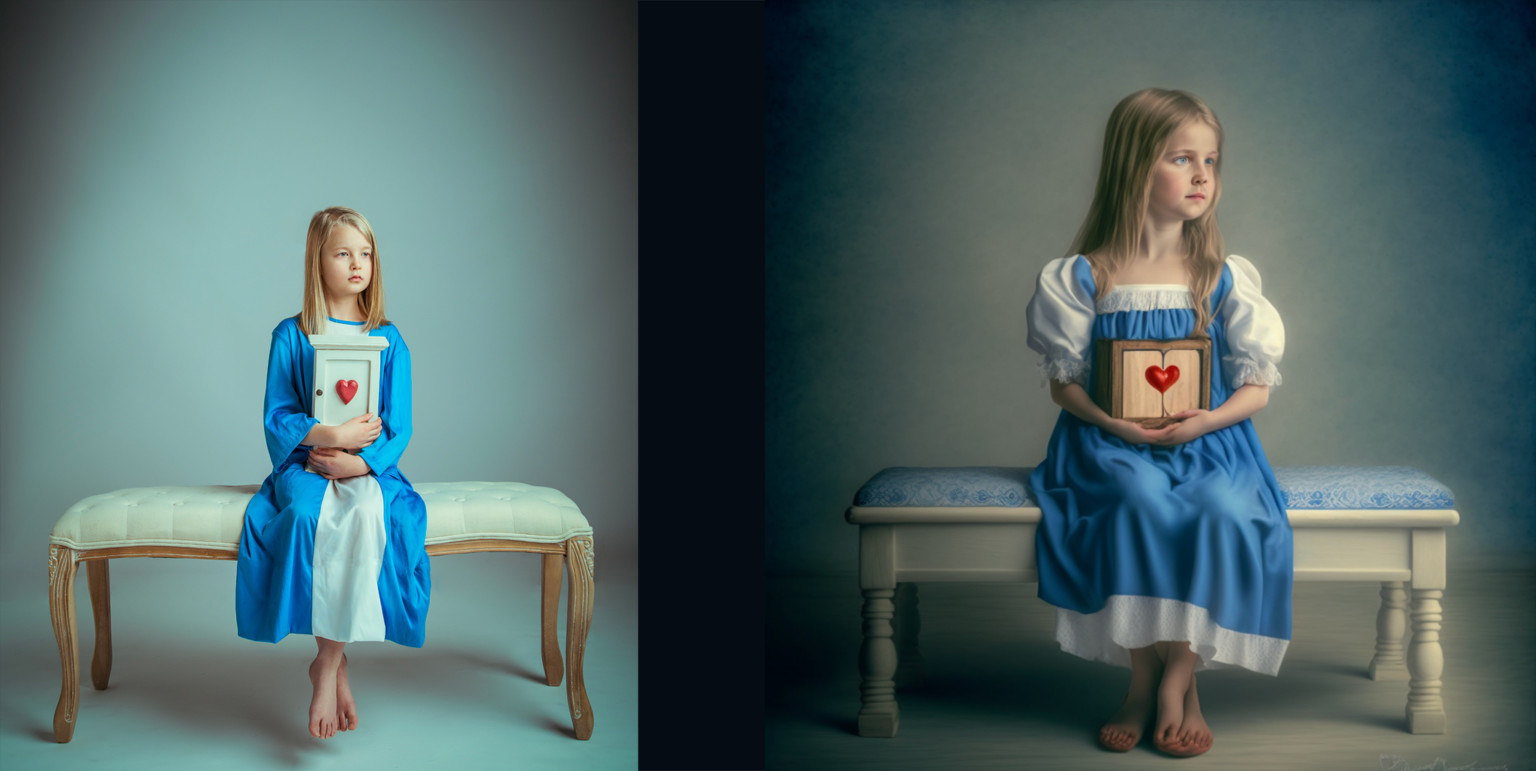
Karppinen said he was curious to see how Ai would replicate his pictures... and he described the results as "astounding." "From images to animations generated by a text prompts, this industry is changing many things, and also disrupting industries. How we create images is not the same anymore, he says on his blog.
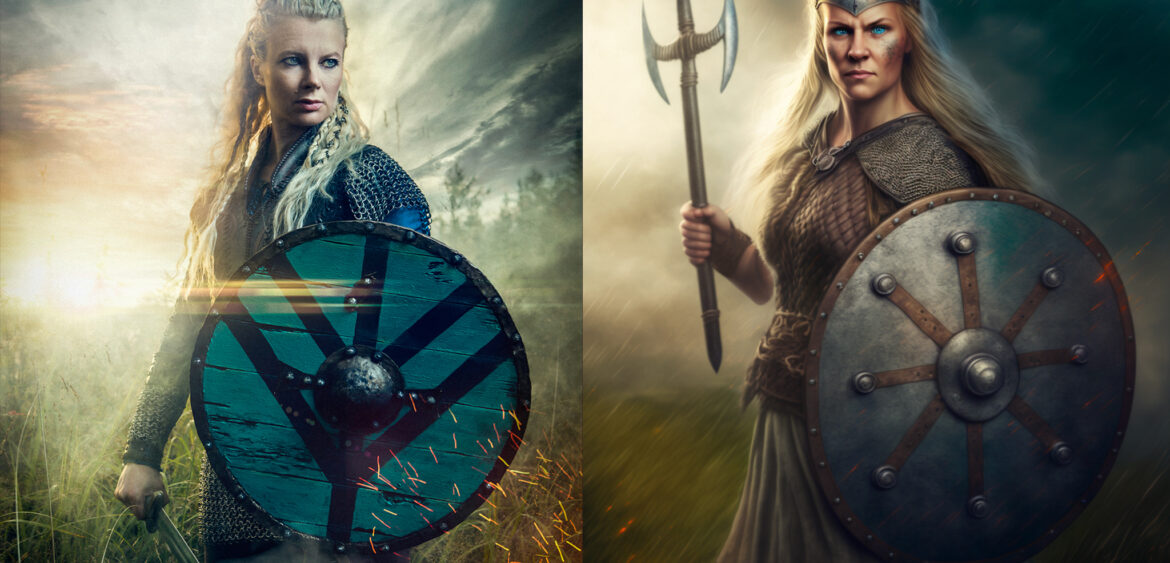
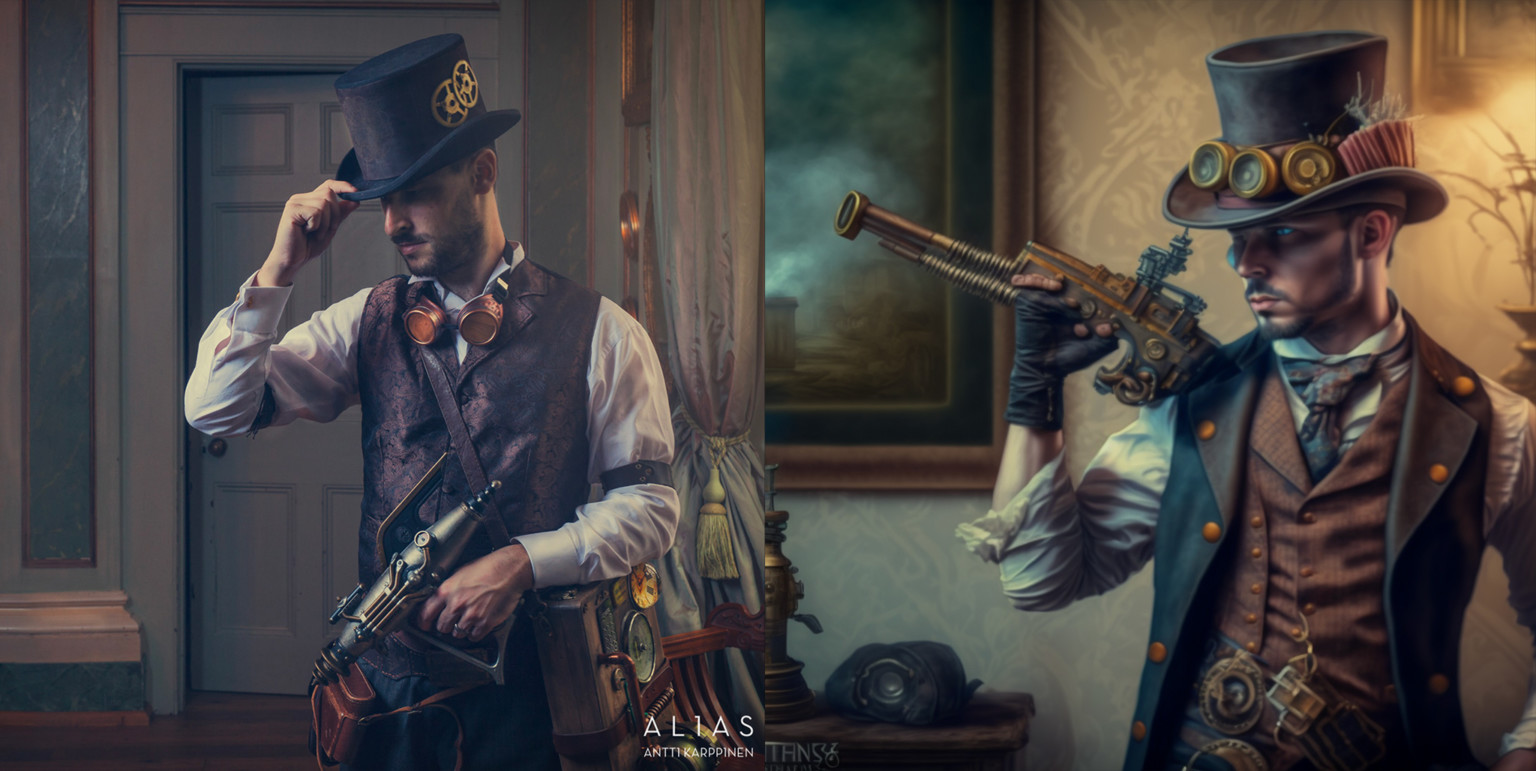

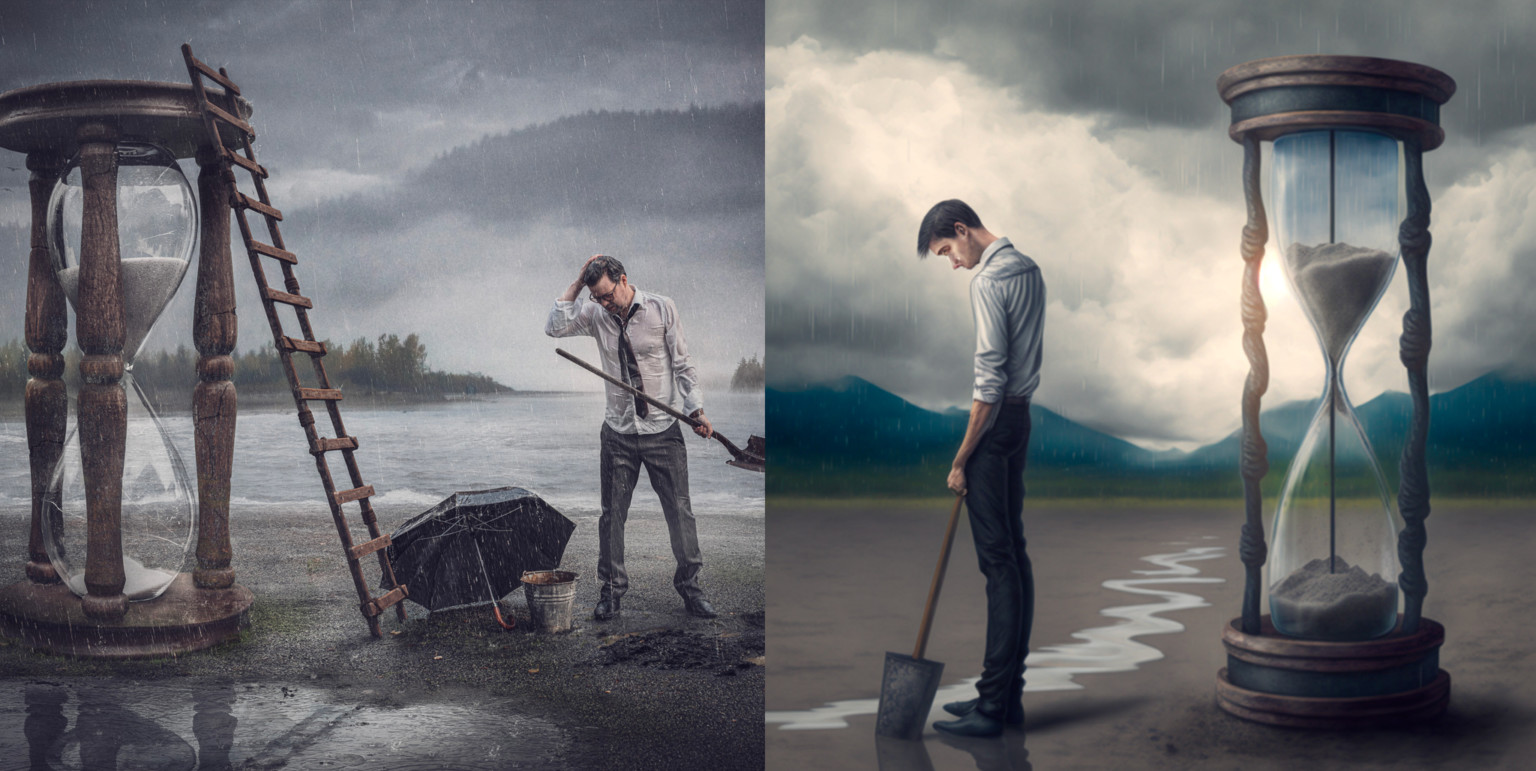




The results of Karppinen's experiment are astonishingly good when you consider how new AI art generators are, and how rapidly they have developed. Are they good enough to replace his photography, though? Well, no. At least not in my opinion.
Karppinen's original work has a depth, emotion and sometimes beautiful subtleties that AI just can't match. As accurate and clean as the results might be, it's clear that they're not 'real', but merely very smoothly executed digital graphics. That is, they look like AI-generated art. And then there's the fact that all of the human figures have six fingers, of course.
Daily design news, reviews, how-tos and more, as picked by the editors.
The results might be different in other models. As we saw in our look at a comparison of AI art generators, Midjourney is most known for creating (often dark) fantasy images. Stable Diffusion and OpenAI’s DALL-E often seem to generate more realistic results.
You can view Karppinen's original work on his Instagramaccount. He also shares tutorials and behind-the-scenes insights on YouTube.
Read more:

Joe is a regular freelance journalist and editor at Creative Bloq. He writes news, features and buying guides and keeps track of the best equipment and software for creatives, from video editing programs to monitors and accessories. A veteran news writer and photographer, he now works as a project manager at the London and Buenos Aires-based design, production and branding agency Hermana Creatives. There he manages a team of designers, photographers and video editors who specialise in producing visual content and design assets for the hospitality sector. He also dances Argentine tango.
